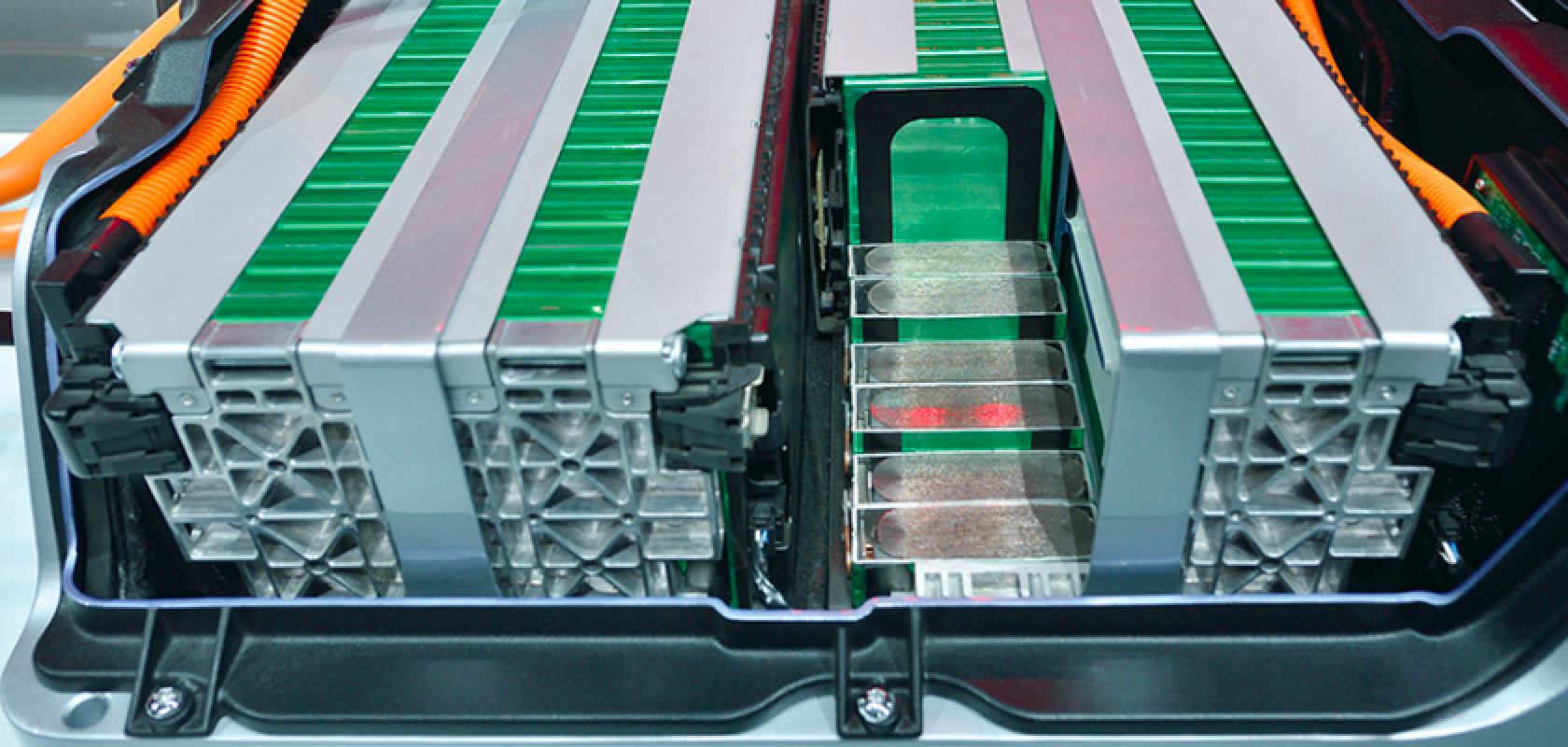Zebra Technologies, an American firm that specialises in technology used to sense, analyse and act in real time, is set to showcase its field-proven portfolio of machine vision hardware and software solutions at the Battery Show Europe, taking place 18-20 June in Germany.
Zebra intends to use the platform to demonstrate how their technologies can help to address automation, quality and compliance requirements across the electric vehicle (EV) and battery inspection industries.
Demonstrating technologies that support electric battery manufacturing
It is hoped this will provide attendees with the opportunity to learn about new technologies produced by Zebra and its partner, ID Engineering. This includes deep learning machine vision software, 2D and 3D technology, and vision-guided robotics, which may unlock new levels of visual inspection for quality, safety, and compliance across the electric battery manufacturing process.
Rudolf Schambeck, Senior Manager, Machine Vision, Germany, Zebra Technologies, said: “Electric battery and vehicle manufacturers are leveraging deep learning machine vision solutions that increase efficiency with industrial automation, which Zebra and partners provide to carmakers and EV battery suppliers. These solutions excel in electric battery use cases that require more advanced inspection of surfaces and fabrics such as car seats and interiors, detection of anomalies with wide variations, classification, segmentation, and robotic guidance.”
Harnessing the value of machine vision software
Such technology may be hugely beneficial given that electric batteries remain at the heart of the EV transition, with researchers exploring new advances that build on today’s lithium composition. For example, investigations into solid-state batteries and sodium-ion batteries, which could deliver more compact, faster charging and lighter batteries.
To make such advances a reality, next-generation technologies are needed across the supply chain to help maintain the quality and compliance of materials, components, and assembled batteries, while at the same time minimising downtime on the production line.
Tobias Butscheid, Chief Operating Officer, ID Engineering, who will be present at the event, commented: “We work with a supplier to a global automotive manufacturer of luxury, high performance cars which is using Zebra’s Aurora deep learning software as part of a solution for the inspection and assembly of electric batteries. In such a competitive industry with regulatory, consumer and environmental requirements and expectations, it’s essential that electric battery manufacturers work with experienced partners and reliable solutions that deliver the outcomes they need.”
A report into AI machine vision – conducted by Zebra in 2023 – found that in the automotive industry 56% of automotive business leaders surveyed in the UK and 43% in Germany are already using some form of AI, such as deep learning in their machine vision projects. In a similar vein, around 20% are looking to find out more or are currently looking to procure.
Carmakers and EV battery suppliers are already harnessing machine vision to inspect the uniformity of surface coating, detect defects in cells, read barcodes and serial numbers, ensure the consistent positioning and application of adhesives and thermal beads, and carry our quality assessments for assembled battery packs. Machine vision is also being used as part of robotic picking, sorting and assembly solutions where the machine vision camera and software guide the actions of the robotic arm.
Beyond these applications, deep learning machine vision software, cameras, and 3D sensors can also be used for cell and cell component inspection, cell stack, module and pack assembly, and cover-to-tray assembly.
Lead image: MIT News


